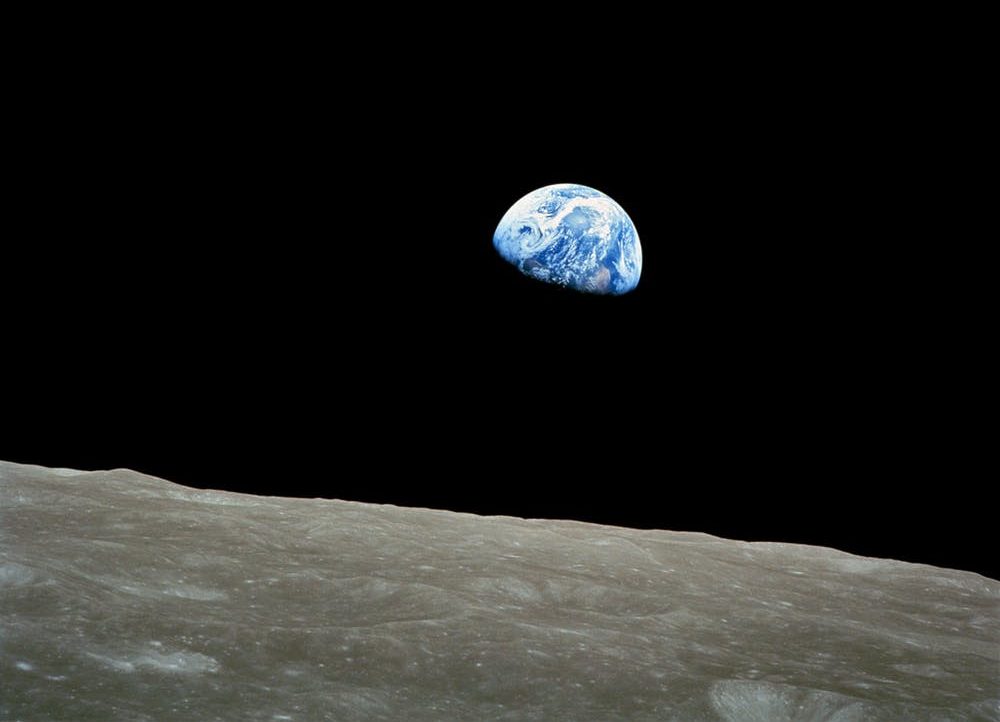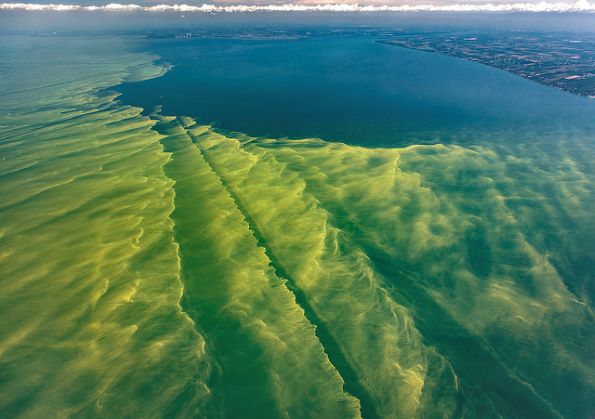

A $300 billion Makeover? No way!
Climate change is causing significant changes to Phytoplankton in the world’s oceans. A new study by MIT has gives it just a few more decades to change decisively. The study found predicts that in the coming decades these changes will affect the ocean’s color, intensifying its blue regions and its green ones. Satellites should detect these changes in hue, providing early warning of wide-scale changes to marine ecosystems.
[related_post]
The simulation model, which researchers used to simulate the way phytoplanktons absorb and reflect light in the ocean, found that by the year 2100 more than 50% of the world’s oceans will shift in color all because of climate change.
The study suggests that blue regions, such as the subtropics, will become even more blue, reflecting even less phytoplankton — and life in general — in those waters, compared with today. Some regions that are greener today, such as near the poles, may turn even deeper green, as warmer temperatures brew up larger blooms of more diverse phytoplankton.
“The model suggests that the changes won’t appear huge to the naked eye, and the ocean will still look like it has blue regions in the subtropics and greener regions near the equator and poles,” says lead author Stephanie Dutkiewicz, a principal research scientist at MIT’s Department of Earth, Atmospheric, and Planetary Sciences and the Joint Program on the Science and Policy of Global Change. “That basic pattern will still be there. But it’ll be change enough to affect the rest of the food web that phytoplankton supports.”


The Colour of the Ocean
The ocean’s colour depends on how sunlight interacts with whatever is in the water. Water molecules alone absorb almost all sunlight except for the blue part of the spectrum, which is reflected back out. Hence, relatively barren open-ocean regions appear as deep blue from space.
Phytoplankton, for instance, contain chlorophyll, a pigment which absorbs mostly in the blue portions of sunlight to produce carbon for photosynthesis, and less in the green portions. As a result, more green light is reflected back out of the ocean, giving algae-rich regions a greenish hue.
But as the water temperatures and composition changes due to climate change and human intervention; there has been a significant swing in the chlorophyll content.
“An El Niño or La Niña event will throw up a very large change in chlorophyll because it’s changing the amount of nutrients that are coming into the system,” Dutkiewicz says. “Because of these big, natural changes that happen every few years, it’s hard to see if things are changing due to climate change, if you’re just looking at chlorophyll.”
What’s more, Dutkiewicz observed that this blue/green waveband showed a very clear signal, or shift, due specifically to climate change, taking place much earlier than what scientists have previously found when they looked to chlorophyll, which they projected would exhibit a climate-driven change by 2055.
According to their model, climate change is already changing the makeup of phytoplankton, and by extension, the color of the oceans. By the end of the century, our blue planet may look visibly altered. This research was supported, in part, by NASA and the US Department of Energy.
PC-Flickr, Pexels
Reliance Industries Ltd (RIL) Chairman Mukesh Ambani has announced a massive ₹75,000 crore investment in…
Green-energy heavy-duty truck maker Blue Energy Motors has reached a remarkable milestone by surpassing 50…
India is on track to exceed its Nationally Determined Contribution (NDC) target of reducing the…
Raj Process Equipments and Systems Pvt Ltd, a Pune-based technology innovator and engineering conglomerate, is…
Europe’s renewable energy sector faces a potential slowdown, burdened by grid saturation, permitting delays, and…
Hexa Climate has announced the launch of a pioneering afforestation project in Purulia, West Bengal.…